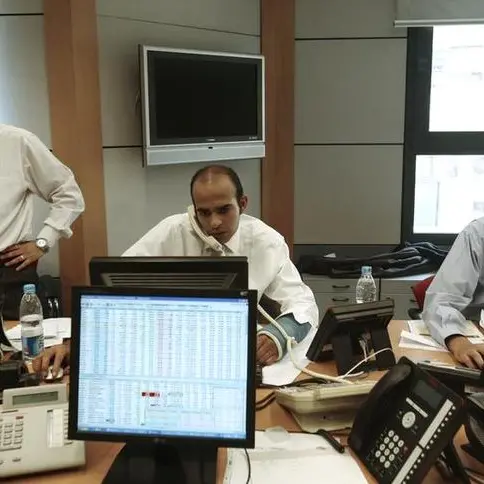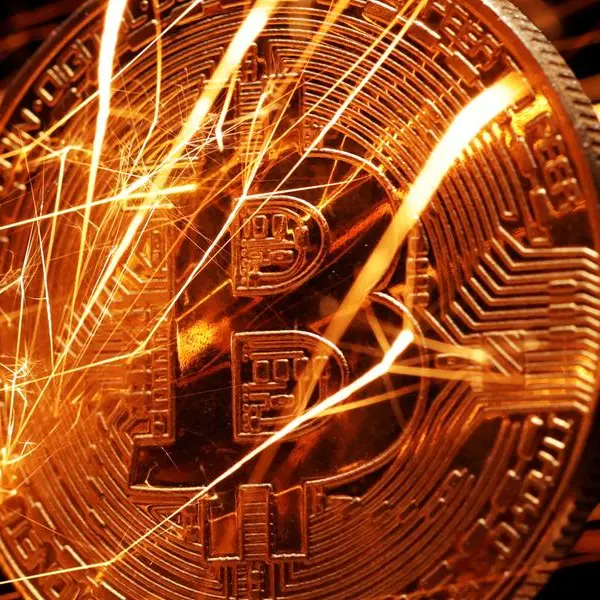There was an initial sigh of relief following the announcement that the US and China had reached what US Treasury Secretary Mnuchin said was “a fundamental understanding on the key issues” last week, and had been preceded by diminished hopes when the two sides engaged in tit-for-tat action against companies on both sides of the Pacific prior to the US president-Chinese vice premier handshake.
Items in the preliminary unsigned agreement included Chinese purchases of up to $50bn worth of US farm products, accepting more American financial services in their markets, and more transparency in how it sets the value of its currency, the yuan.
US financial stocks relatively outperformed late last week on the news, and the Chinese have allowed the yuan to strengthen against the dollar for consecutive sessions. In turn, the October 15th US tariff hike on $250bn worth of Chinese imports from 25% to 30% has been suspended.
And while the initial reaction in the financial markets has been positive and showing signs of increased risk appetite that usually involves equities surging and bond yields rising off the low while safe haven products like gold and the Japanese yen take a hit, the moves have been more cautious in light of the details – or lack thereof – involved in the tentative agreement.
For starters, it’s a ‘phase one’ deal that certainly isn’t comprehensive and doesn’t address all the significant underlying issues (strategic or otherwise).
Second, it hasn’t been inked on paper, and could take weeks to get it into writing and signed. And third, the Chinese while not pessimistic about the latest developments have been far less optimistic than US President Trump’s ‘lovefest’ view. Swift agreements weren’t expected to begin with, especially taking into consideration how long it took to form a US-Japan trade agreement that is in itself limited and doesn’t address main issues like auto tariffs and is formed between countries that are allies. That runs in stark contrast with the US and China who are ‘strategic competitors.’
For China, any halting of tariff hikes would be a sigh of relief for its manufacturers suffering from contraction and weakening global demand, but uncertainty would still permeate given they still export at a relative disadvantage to other countries’ manufacturing hubs that sidestep the tariffs, unless and until the US removes those tariffs. For the US, the announcement of Chinese agricultural purchases is a boost in the arm for US farmers – who form a part of President Trump’s popular base – struggling to get by on plummeting demand and a previous lack of access to the Chinese market.
In all, and in the absence of any signed agreement followed by concrete action to deescalate the current US-China trade war, an optimistic view would be to consider it a temporary trade truce that certainly is a step in the right direction, but fails to address key underlying concerns and that with the significant tariffs still in place, will still force companies to consider shifting away from China as a manufacturing hub, and further cause a decoupling of the US-Chinese economies over the longer term. The uncertainty then, hasn’t been removed, but has resulted in a reduction in potential damage to the world’s two largest economies.
* Any opinions expressed in this article are the author’s own
Disclaimer: This article is provided for informational purposes only. The content does not provide tax, legal or investment advice or opinion regarding the suitability, value or profitability of any particular security, portfolio or investment strategy. Read our full disclaimer policy here.
© Opinion 2019





















